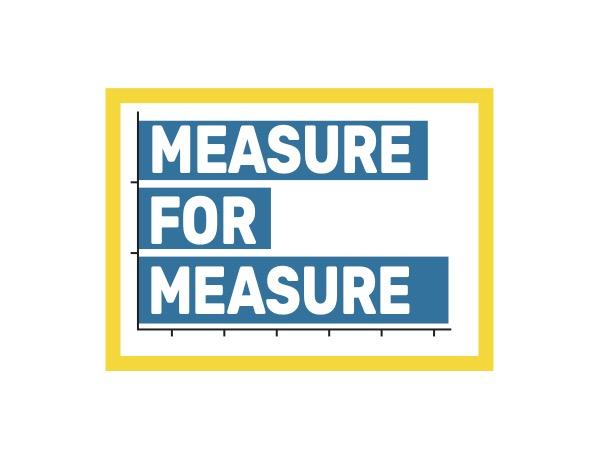Let's Take a Look at the Arts Basic Survey

Later this year the National Endowment for the Arts will offer a comprehensive view of how Americans experienced art forms in the second year of the pandemic, and how those patterns have shifted since pre-COVID times. This reporting will draw from two datasets to be released in 2023: the 2022 Survey of Public Participation in the Arts (SPPA) and the 2022 General Social Survey’s (GSS) arts module.
Until those data releases, another recent survey exists to tell us how adults’ arts participation habits fared just as the nation was on the brink of a pandemic. I’m talking about the Arts Basic Survey (ABS), a “short-form” version of the SPPA. In the next few weeks, the NEA will post results from an in-depth analysis of the most recent ABS, capturing self-reported data from a large, nationally representative sample of U.S. households, about adults’ participation in arts activities from February 2019 to February 2020.
It may seem a bygone period, but don’t be too sure. Some of the key characteristics of arts participation are evergreen: they have applied to the general U.S. population for decades, since the NEA first began conducting the SPPA with the U.S. Census Bureau. We know that adults of higher levels of education are typically the most likely to participate in a variety of art forms; that women tend to participate more than men; and that the oldest adults among us are often less able or inclined than others to attend live arts events. No doubt similar dynamics have been active throughout the pandemic.
Or are such patterns truly clear-cut? Read on for some cursory findings from the 2020 ABS. In each case, prepare to encounter just a hint of the unexpected.
- Arts participation comes in many different types—whether we mean attending in-person arts events, watching or listening to digital media, personally creating or performing art, reading literature, or taking arts classes or lessons. Yet only a handful of states have consistently high rates of arts participation across all those various modes: Vermont, Minnesota, Colorado, Montana, Oregon, and Utah—each of whose rates of arts participation, across different forms, far exceed the national rate.
- As might be expected, factors such as educational attainment, freedom from poverty, and the presence of artists and other cultural workers are closely correlated with in-state levels of arts attendance. Yet these factors appear to have a negligible effect on rates of musical instrument-playing or visual art-making within a state.
- Historically, women have been shown to participate at higher rates, than men, in attending live performances or visual art exhibits or reading literature. But men are more likely than women to play a musical instrument, doing so at a rate of 12 percent, compared with fewer than 8 percent of women.
- Another dogma of arts participation research is that the oldest adults among us participate in arts activities at lower rates than for most other age groups. This is certainly the case with attending live performing arts events and visual art exhibits, for example. (In 2019-2020, just over 24 percent of people aged 75 and older attended a live performing arts event, while 13 percent attended a visual art exhibit. Among adults of all other age groups, the corresponding rates were 32 percent and 20 percent.) When it comes to performing or practicing singing, however, the nation’s oldest adults were equally as likely as adults of other age groups to do this activity: 7 percent sang in 2022.
- Americans did most types of arts activity at roughly the same rate in 2019-2020 as they did five years earlier, according to the survey. An exception was literary reading. In 2020, the share of adults who reported having read novels or short stories, poems, or plays throughout the previous year was just under 40 percent—down from 43 percent in 2015. (The 2017 SPPA, by contrast, had shown that poetry-reading grew significantly since 2012. It remains to be seen whether this trajectory continued in 2022. The Arts Basic Survey does not ask about poetry-reading as a distinct activity.) Social dancing also decreased slightly during 2019-2020, with little over 22 percent of adults doing this activity, versus 25 percent in 2015. On the bright side, a greater share of Americans in 2019-2020 visited buildings, neighborhoods, parks, or monuments for their historical, architectural, or design value than in 2015: 31 percent versus 27 percent.
As we close out 2022 with this publication—the most recent in a long line of research briefs that populate the agency’s Arts Data Profile web series—the NEA’s Office of Research & Analysis is indebted to Bonnie Nichols for her authorship and analysis. With Bonnie leaving us to begin a new chapter, my colleagues and I are humbled by her myriad accomplishments over a distinguished career as a NEA researcher. We hope to build on them in the succeeding months and years, for the betterment of federal data collection and reporting about the arts in America.
Sunil Iyengar directs the Office of Research & Analysis at the National Endowment for the Arts.
This post was originally published in December 2022.




